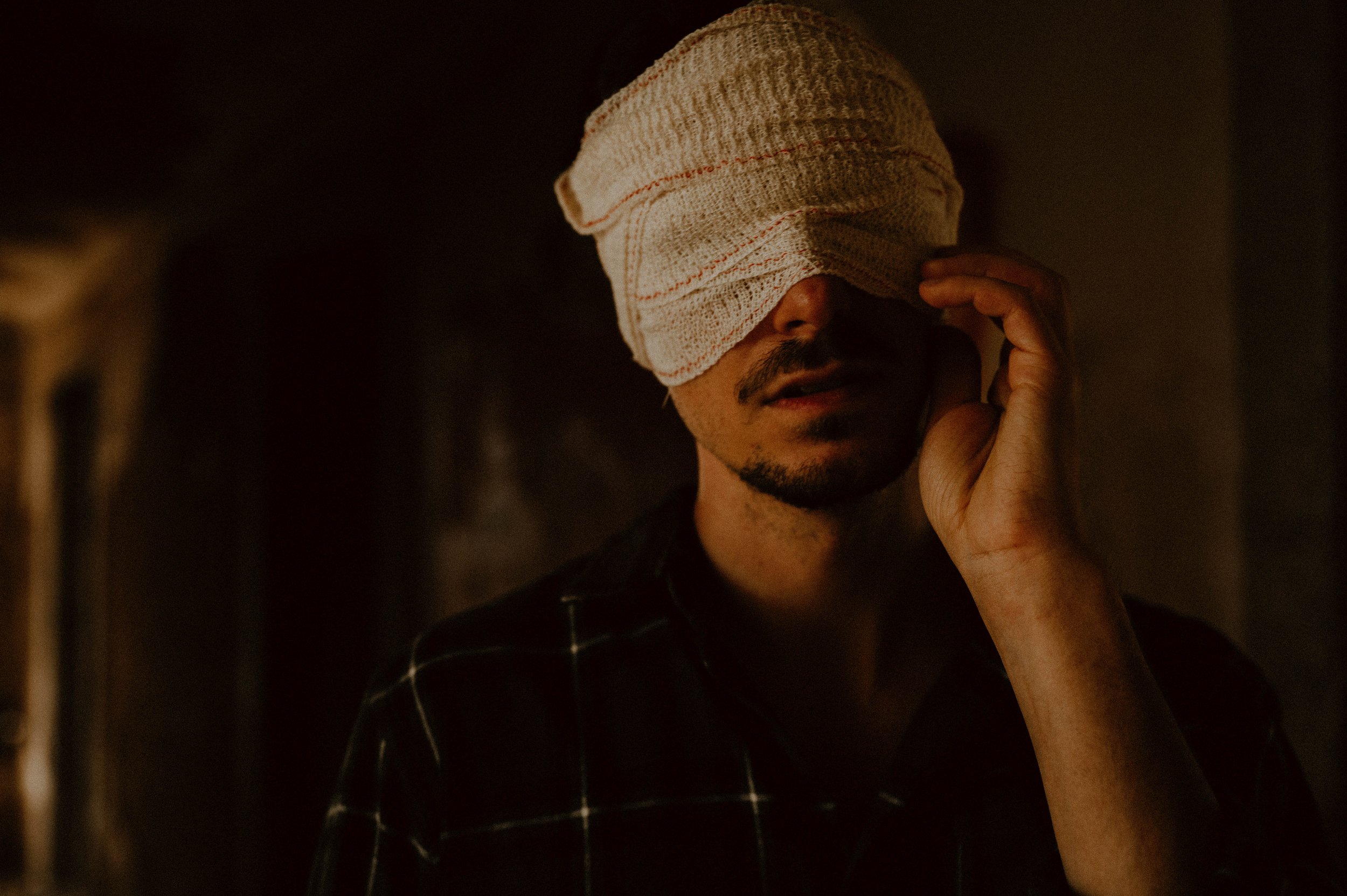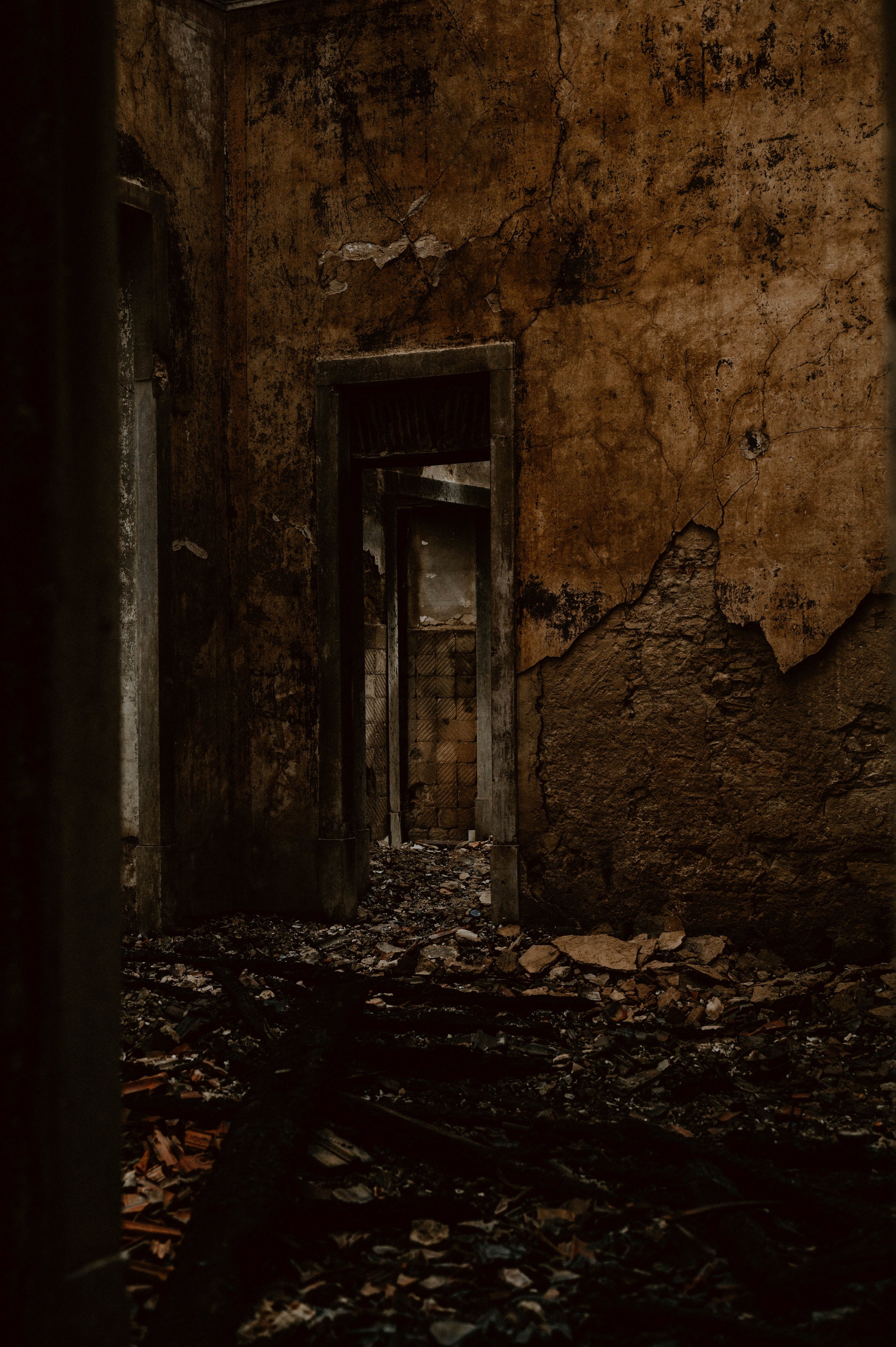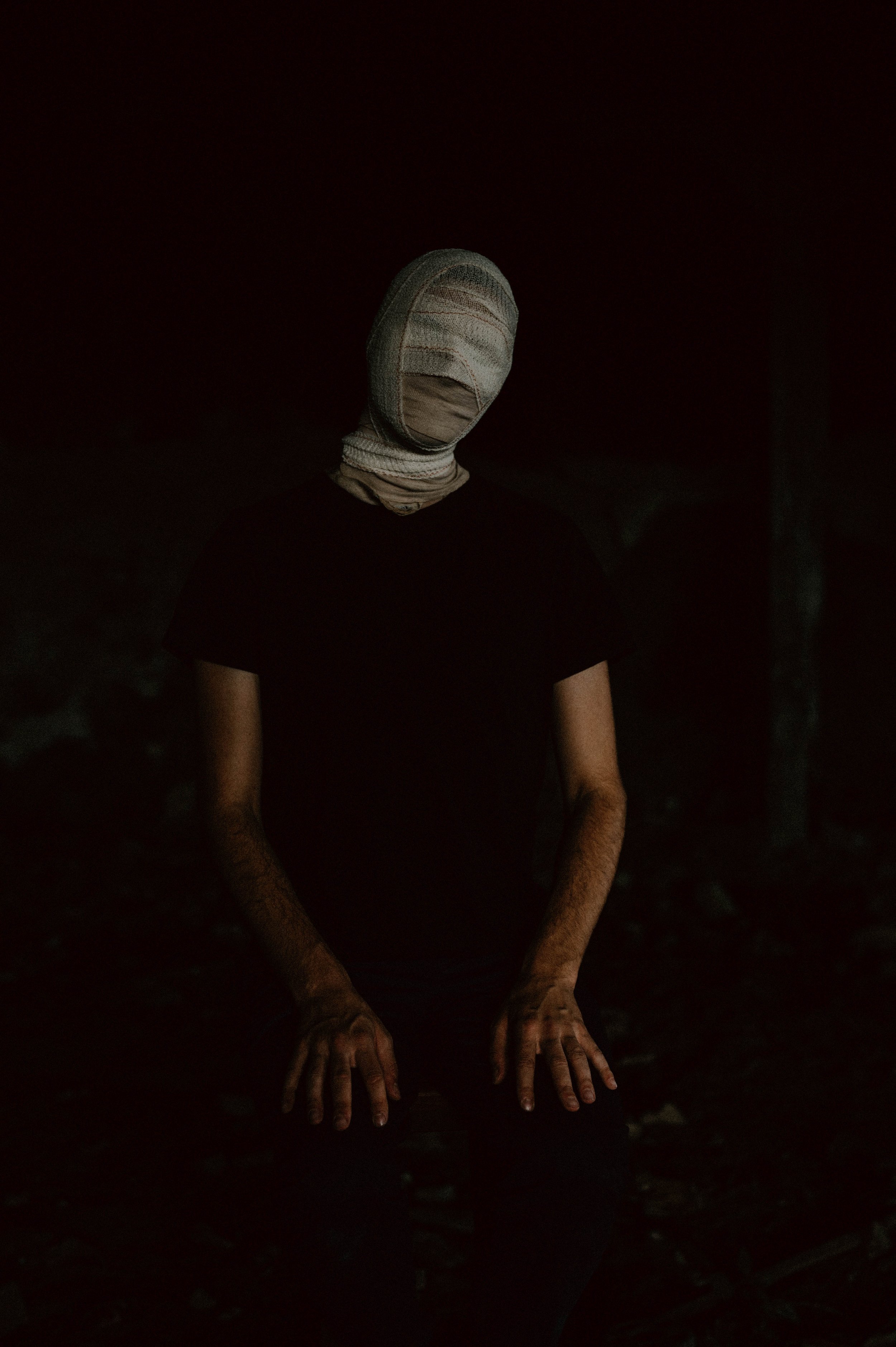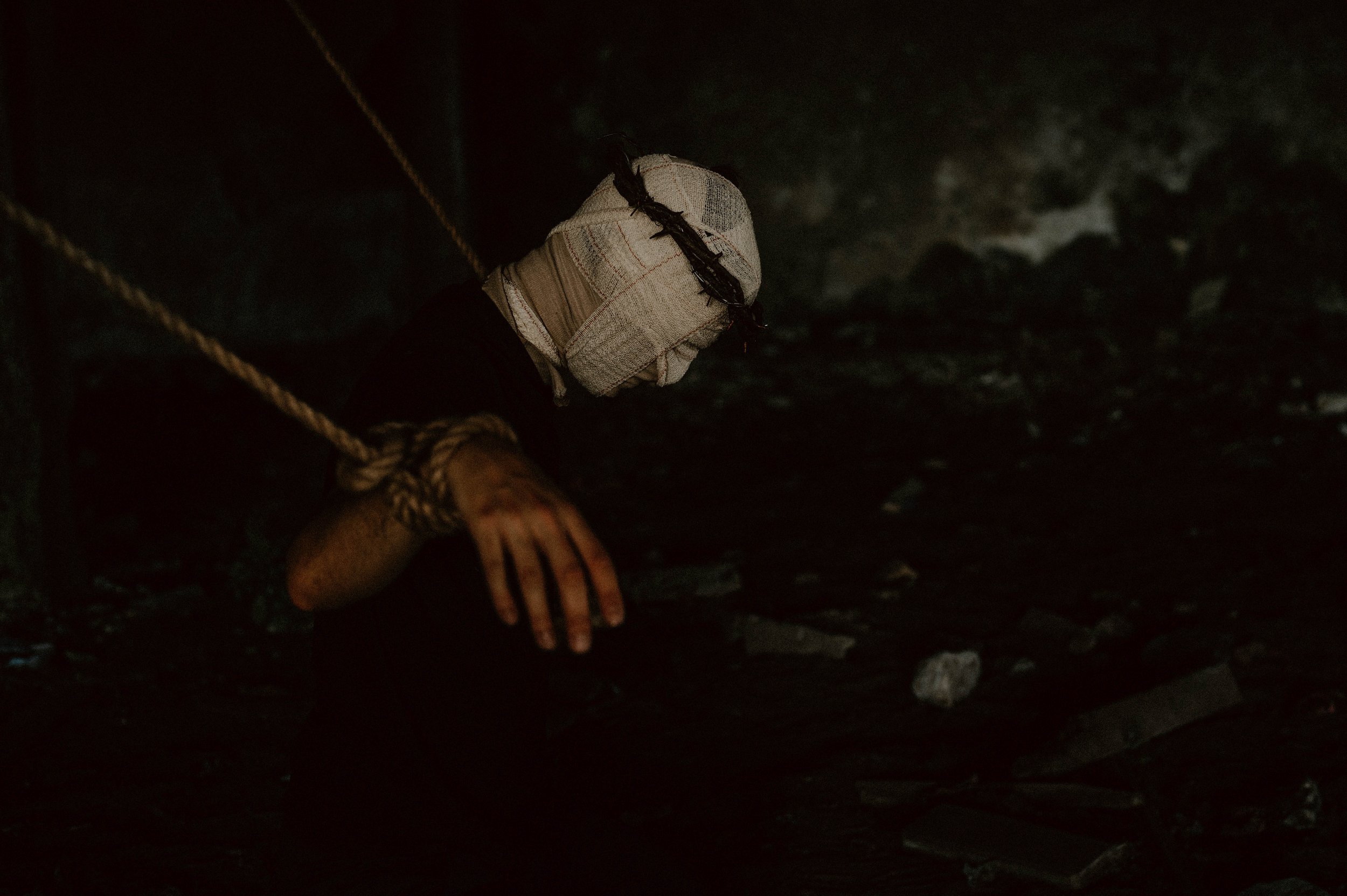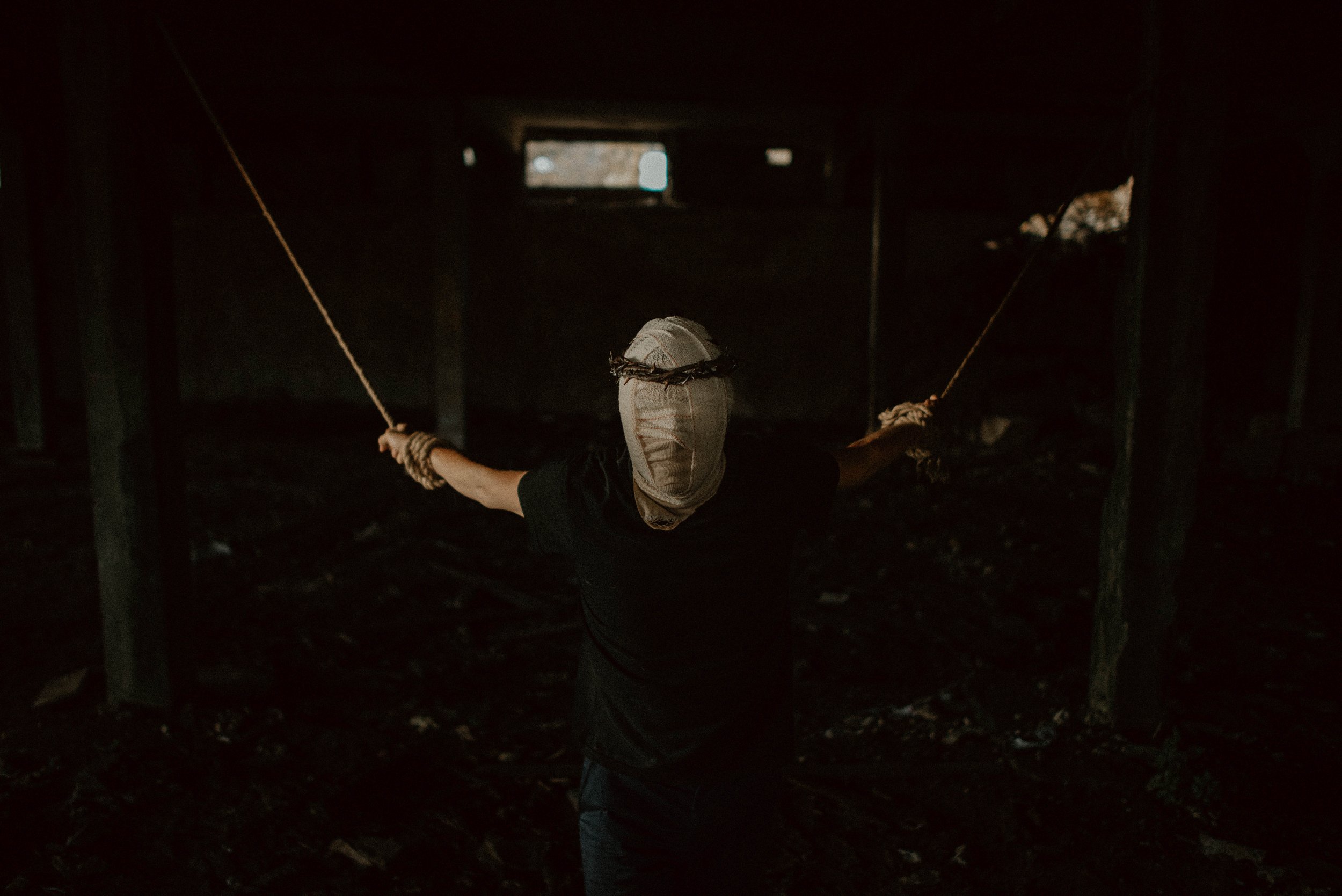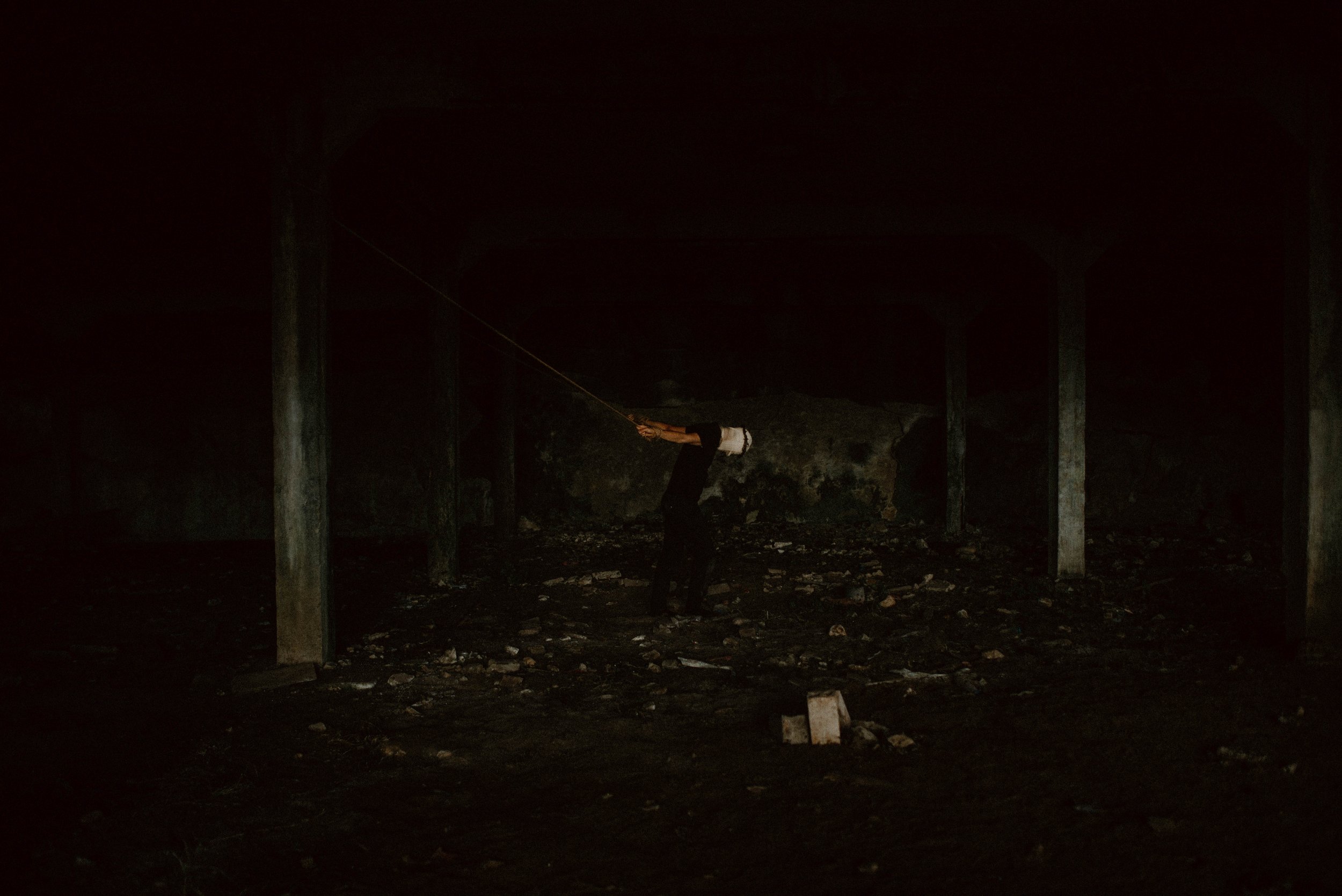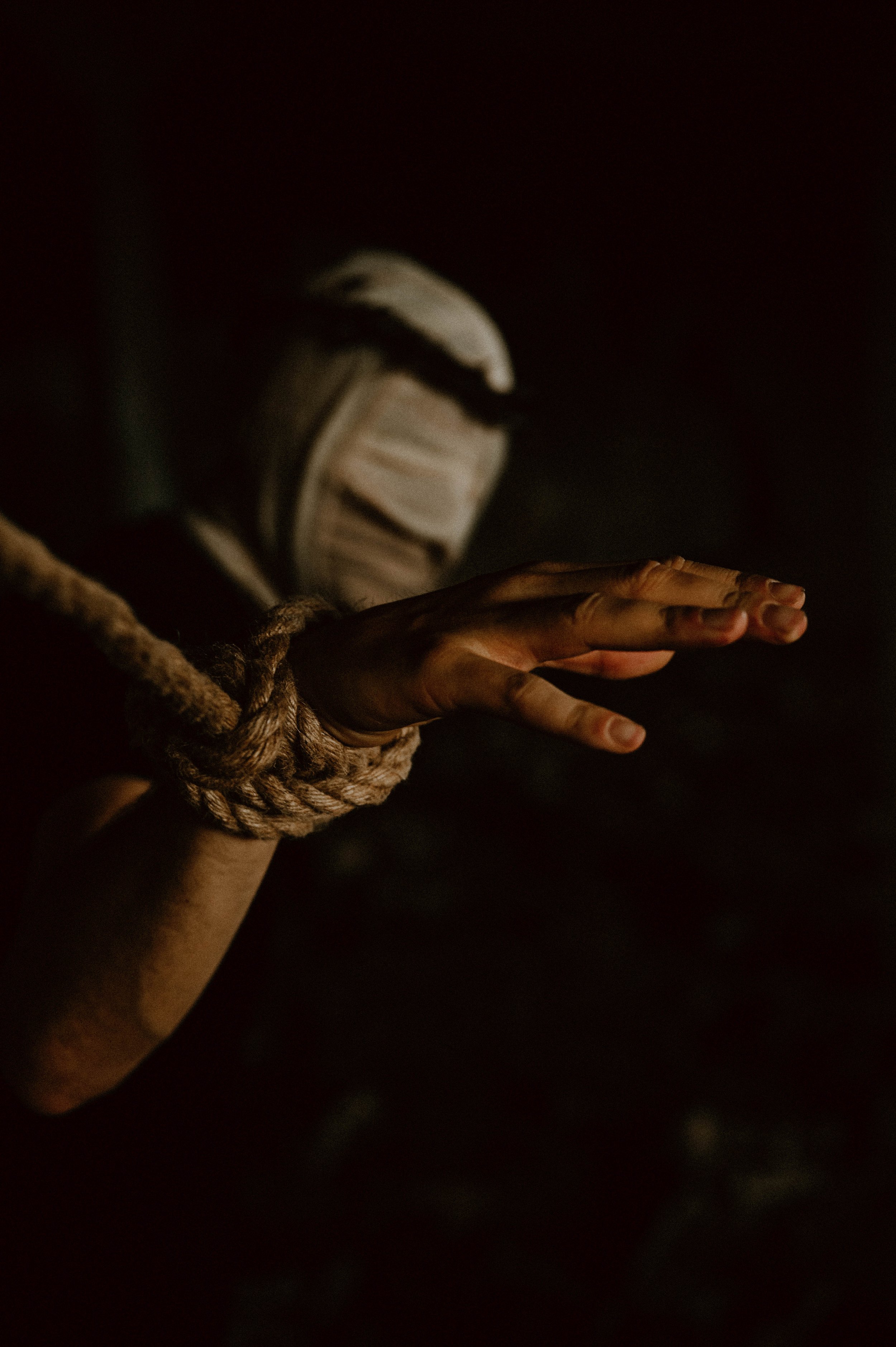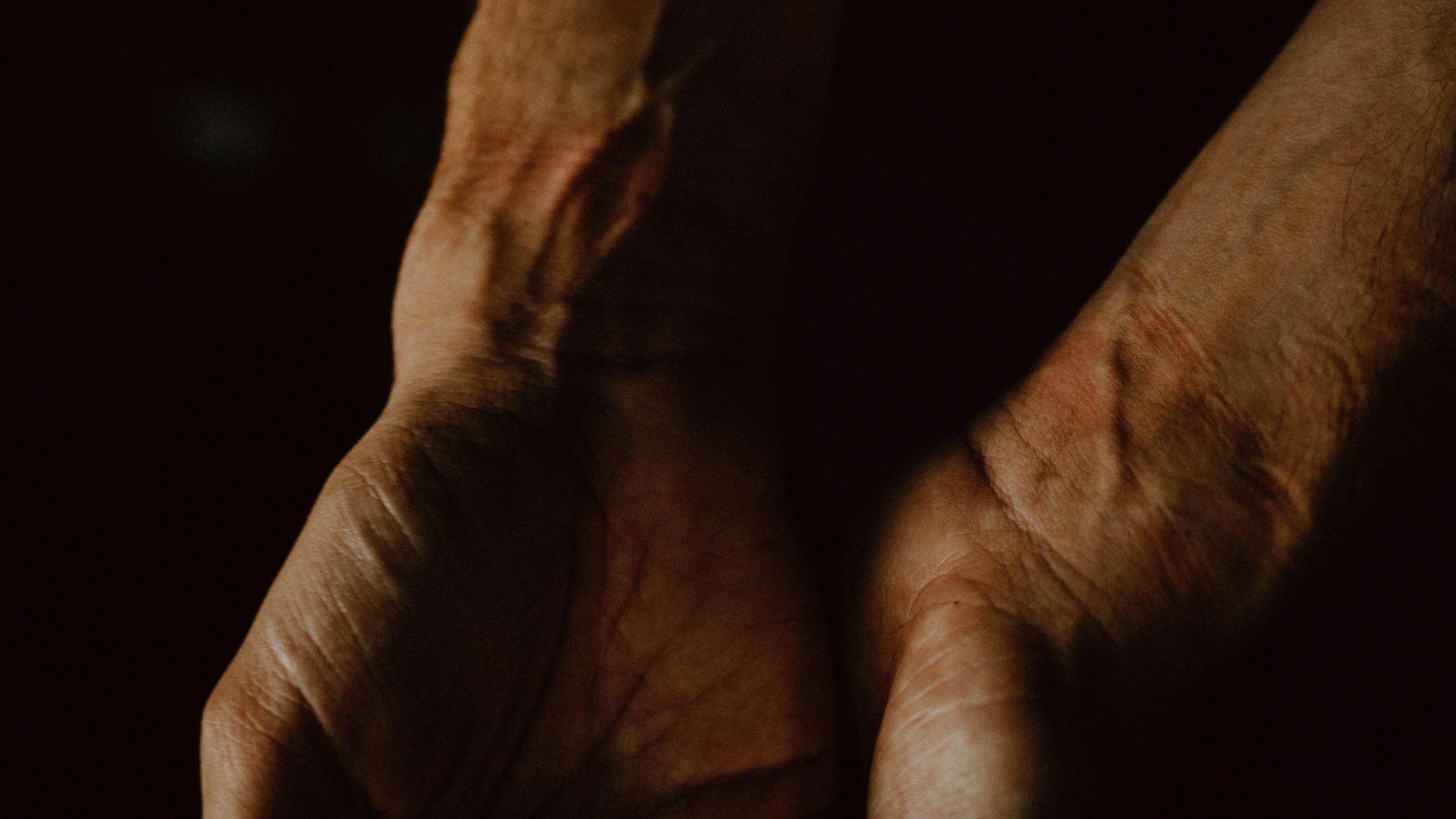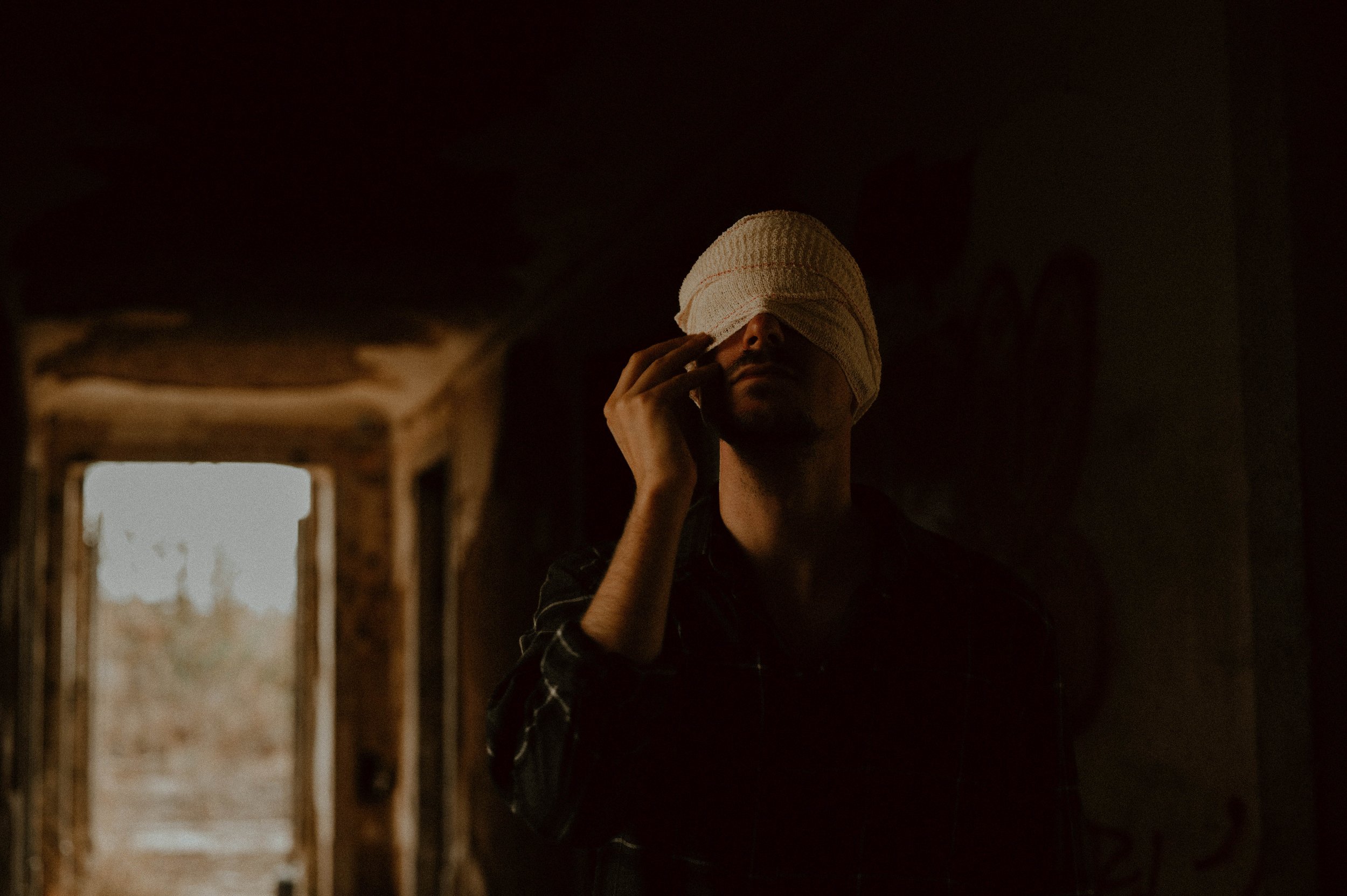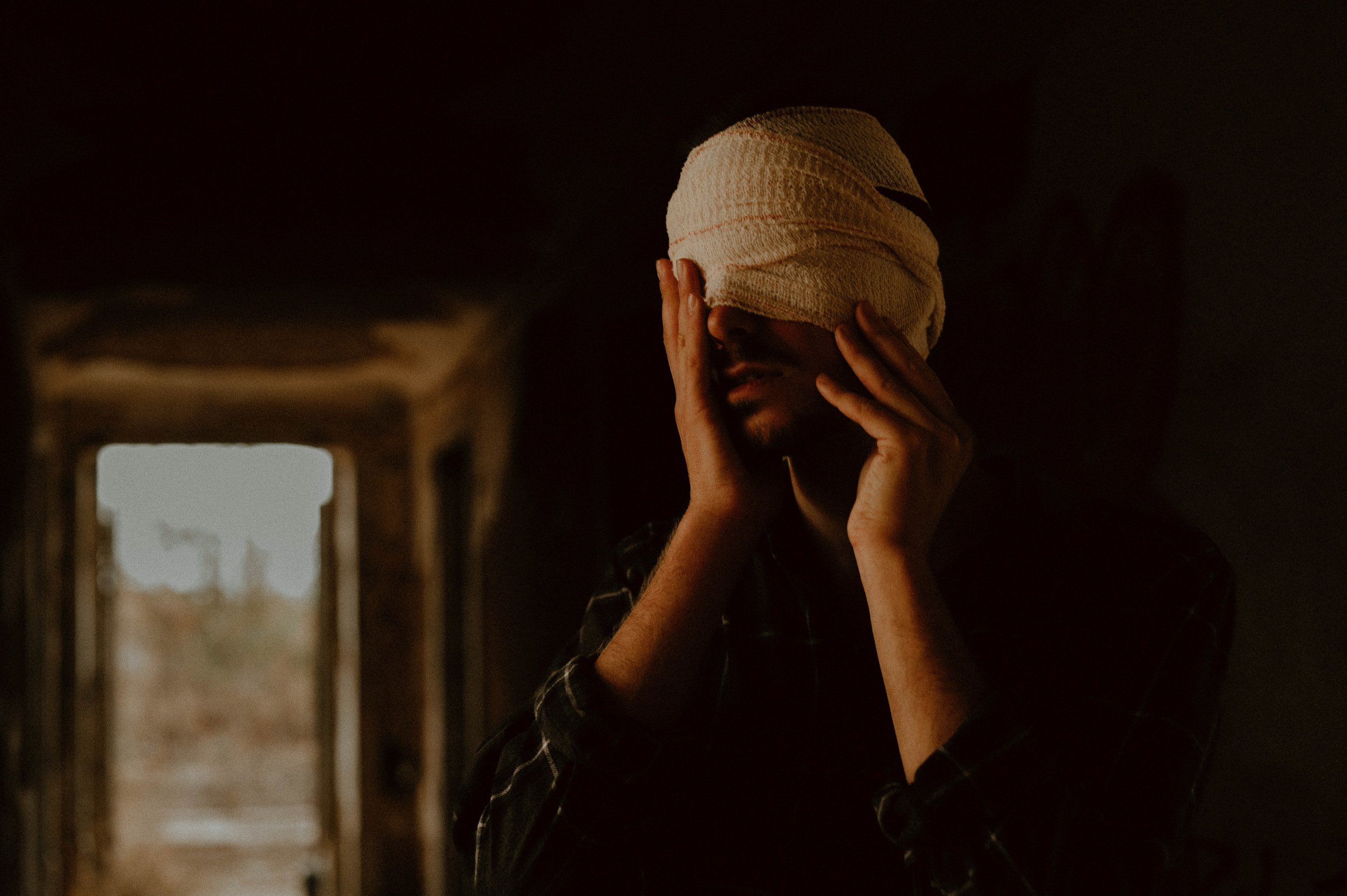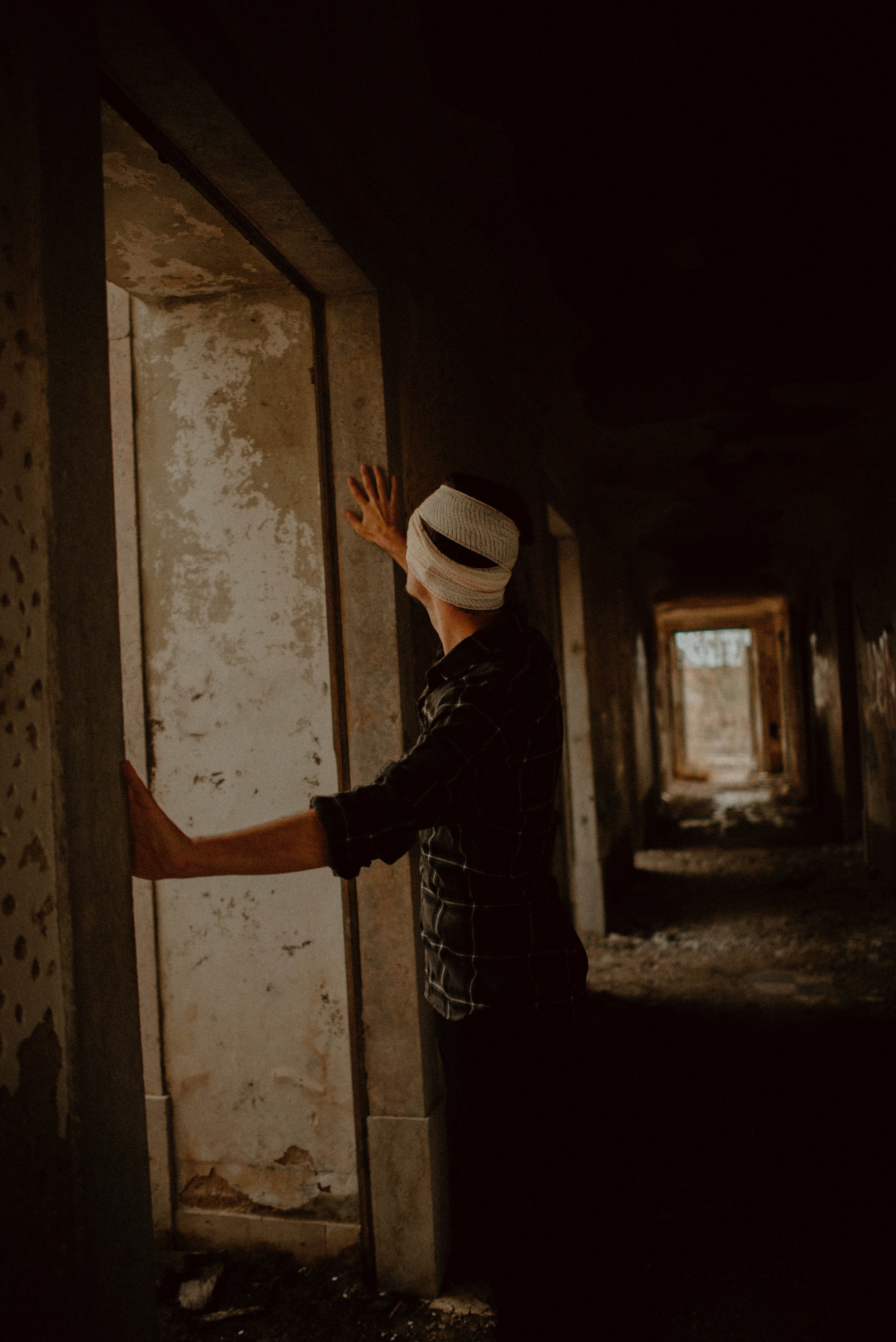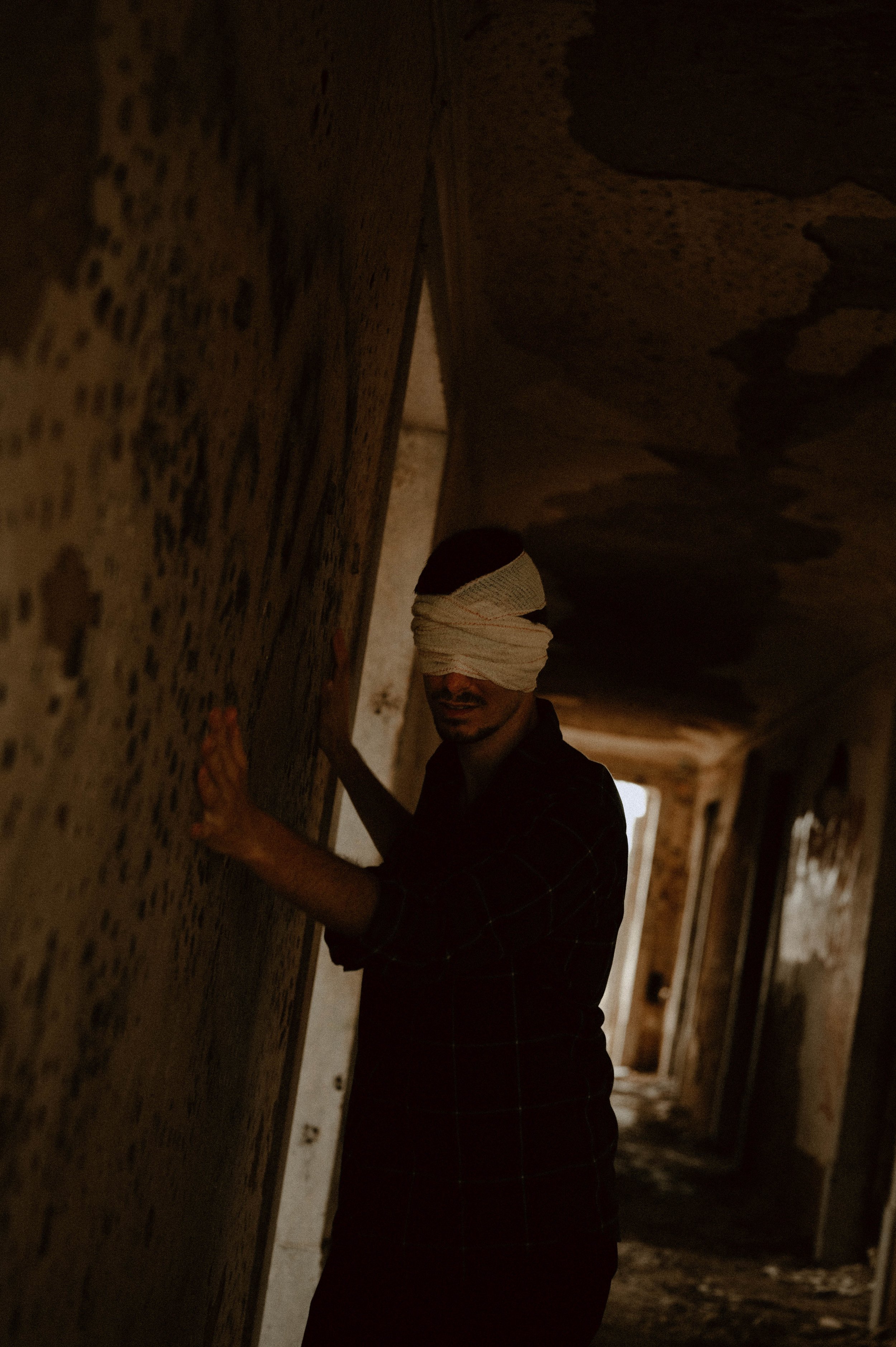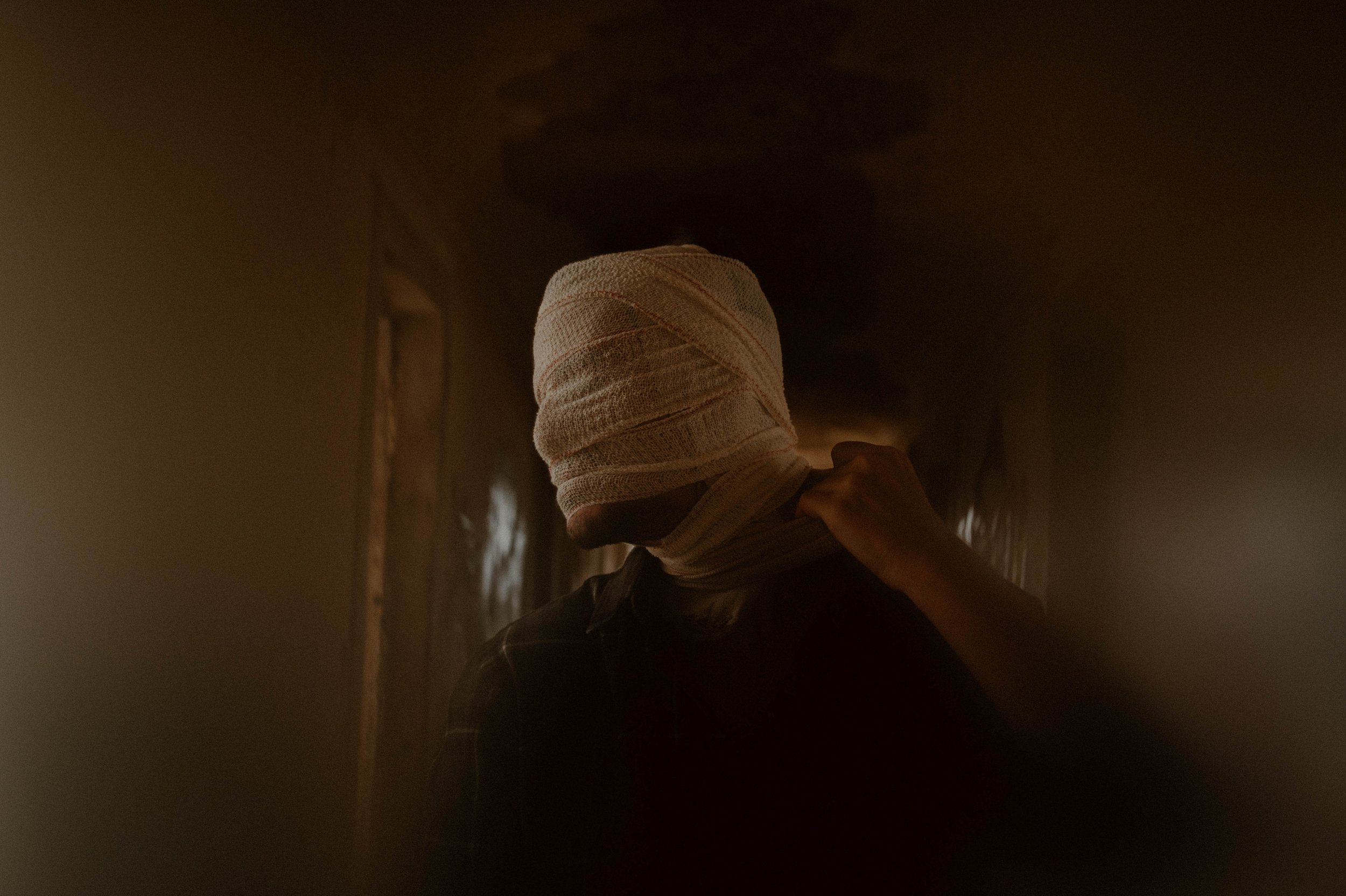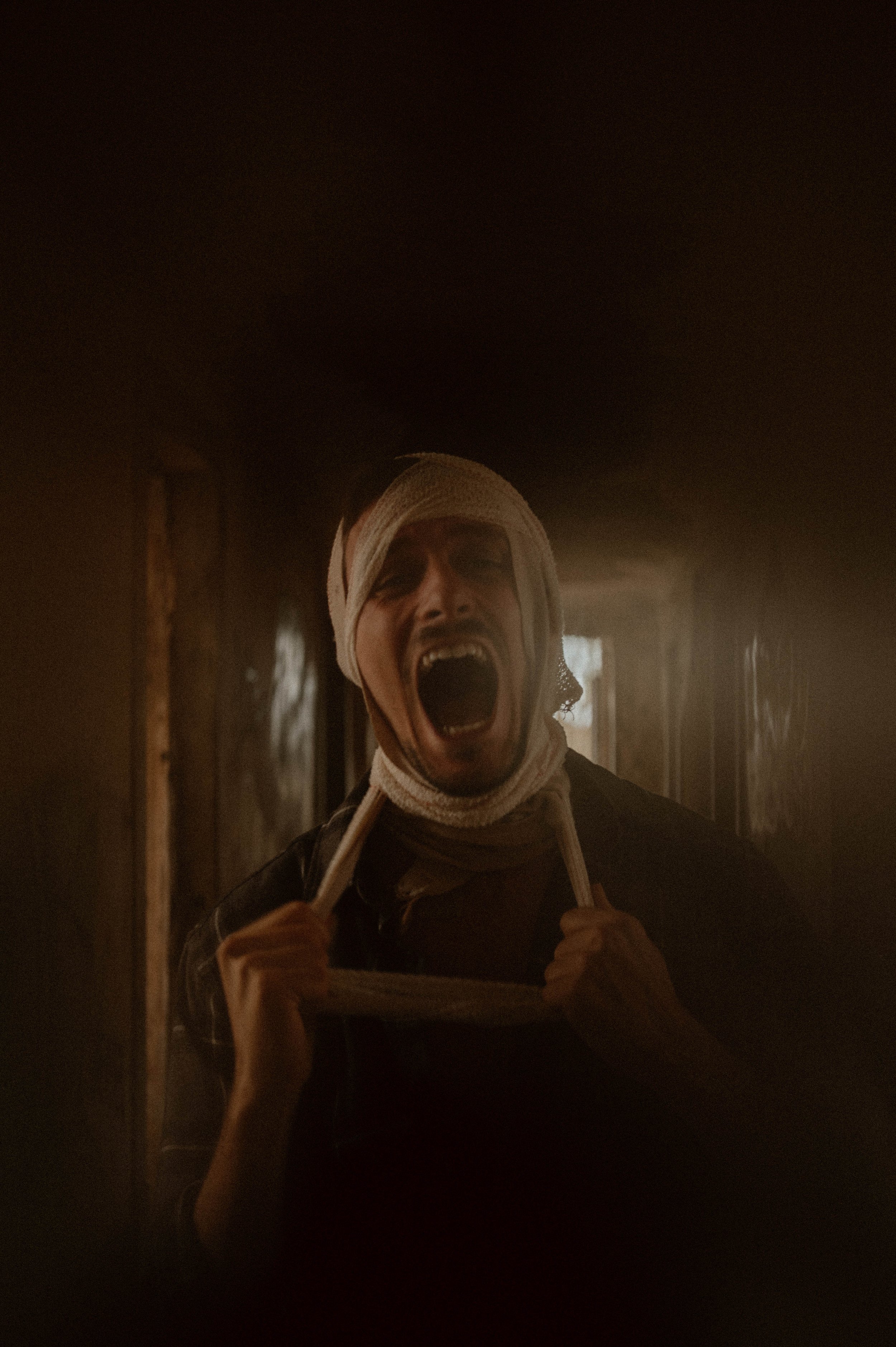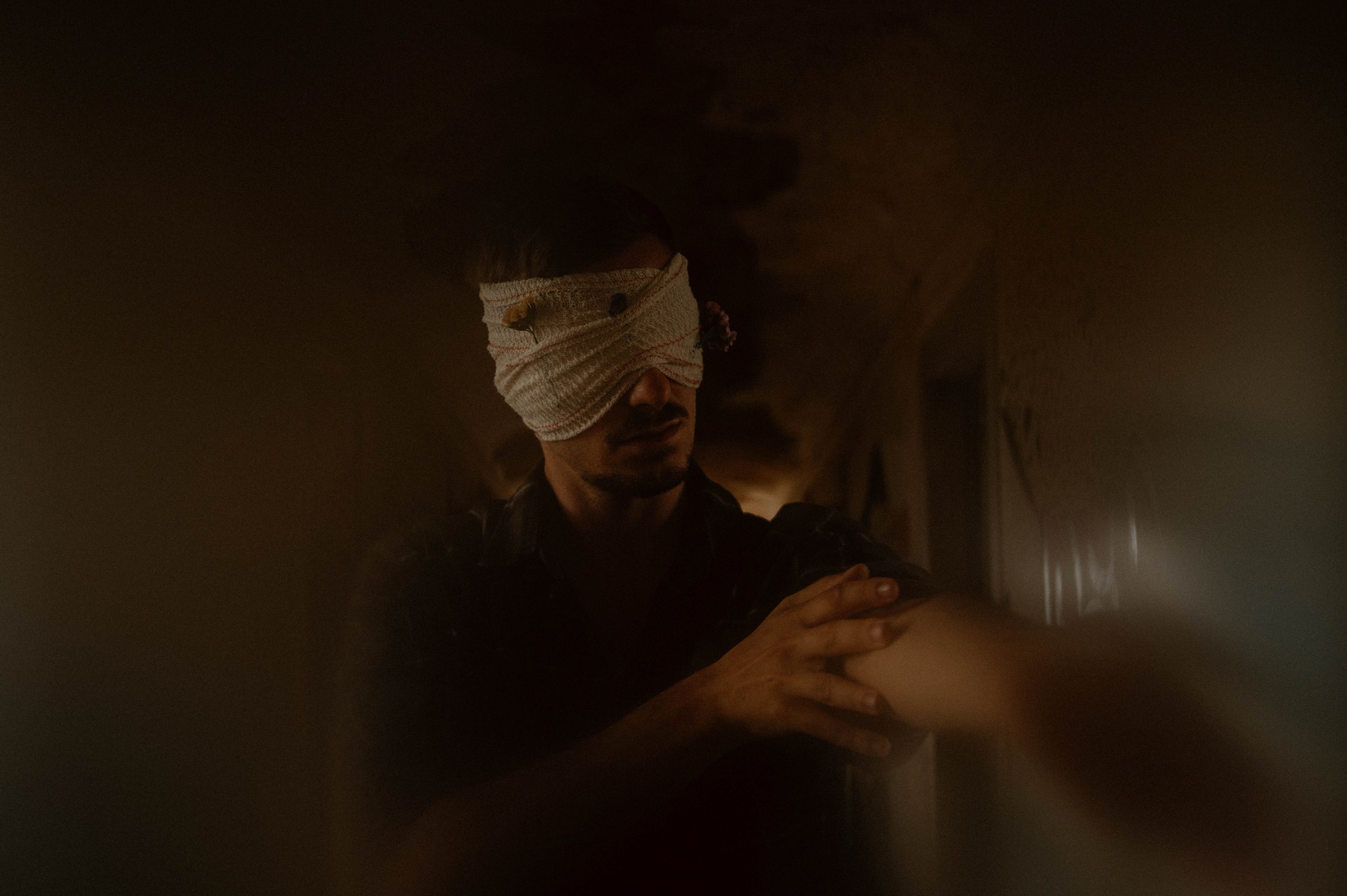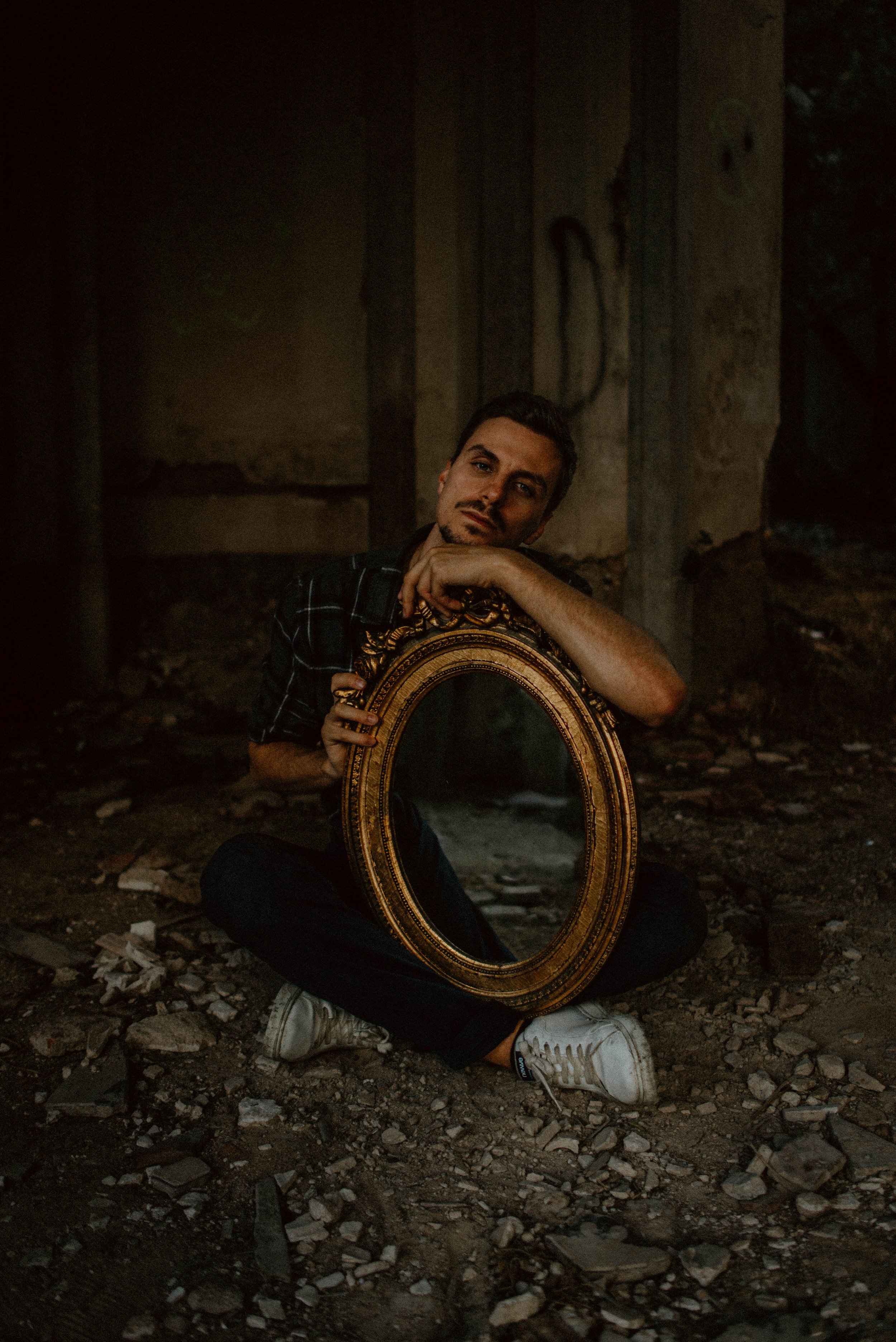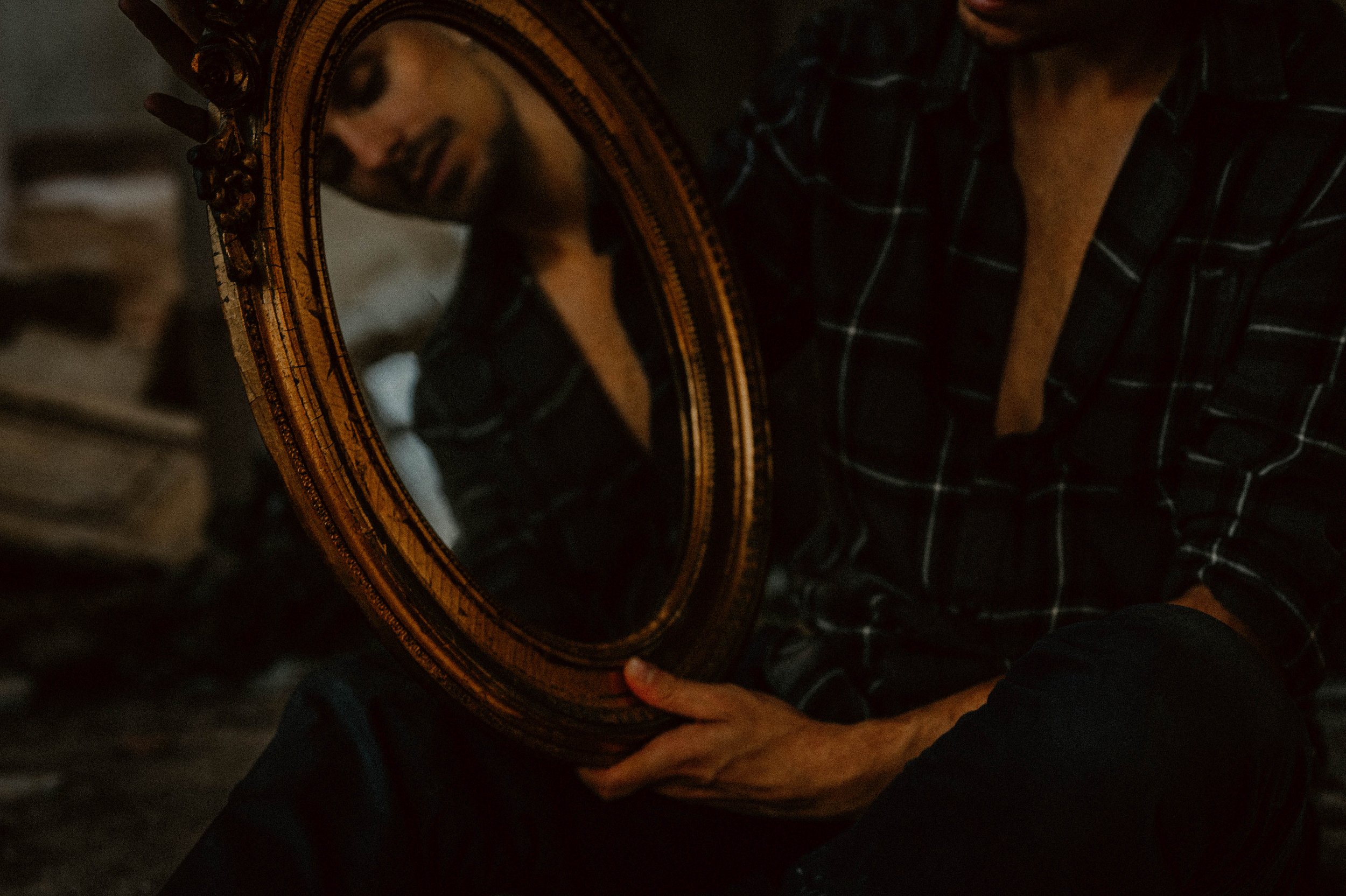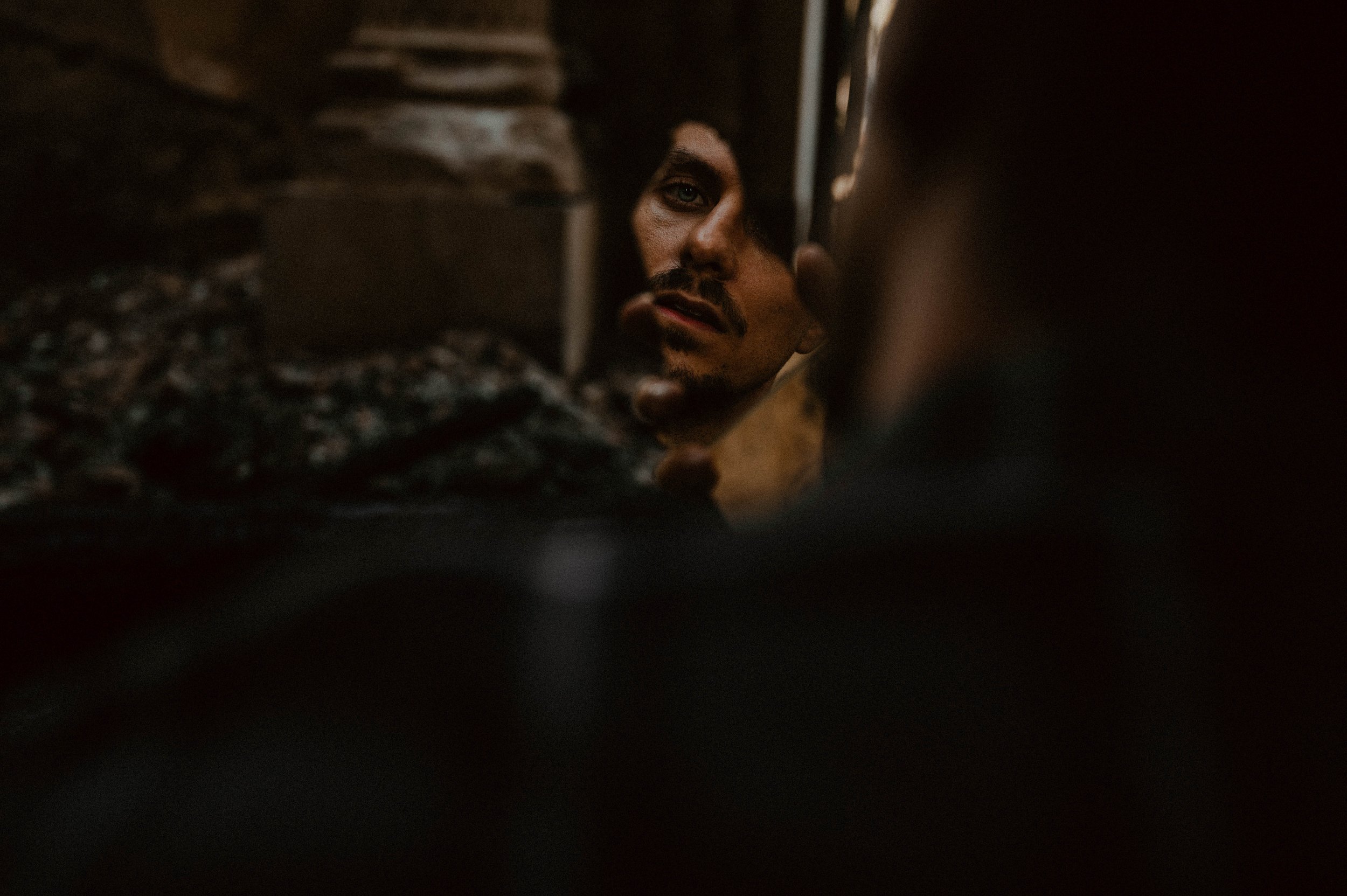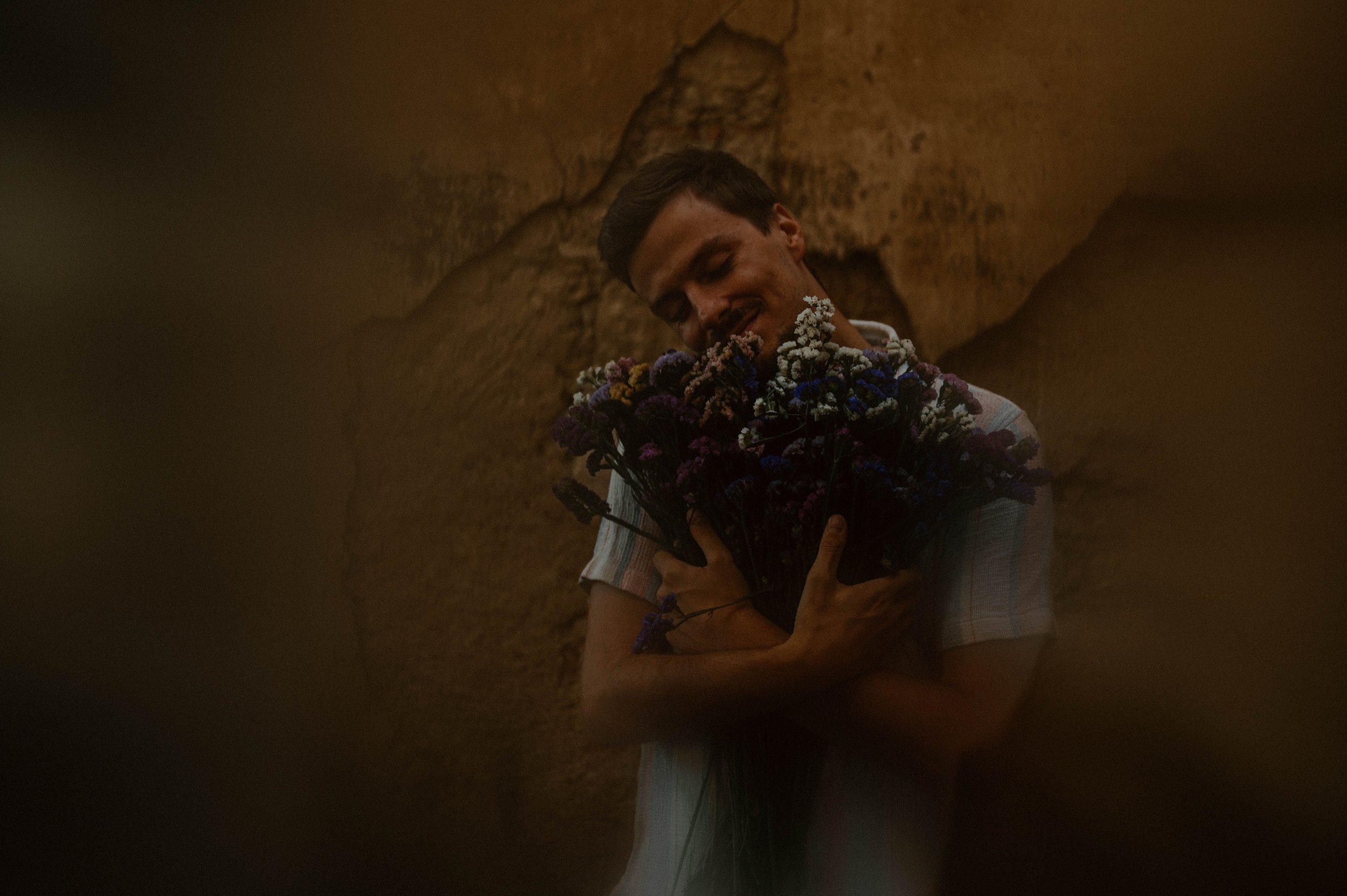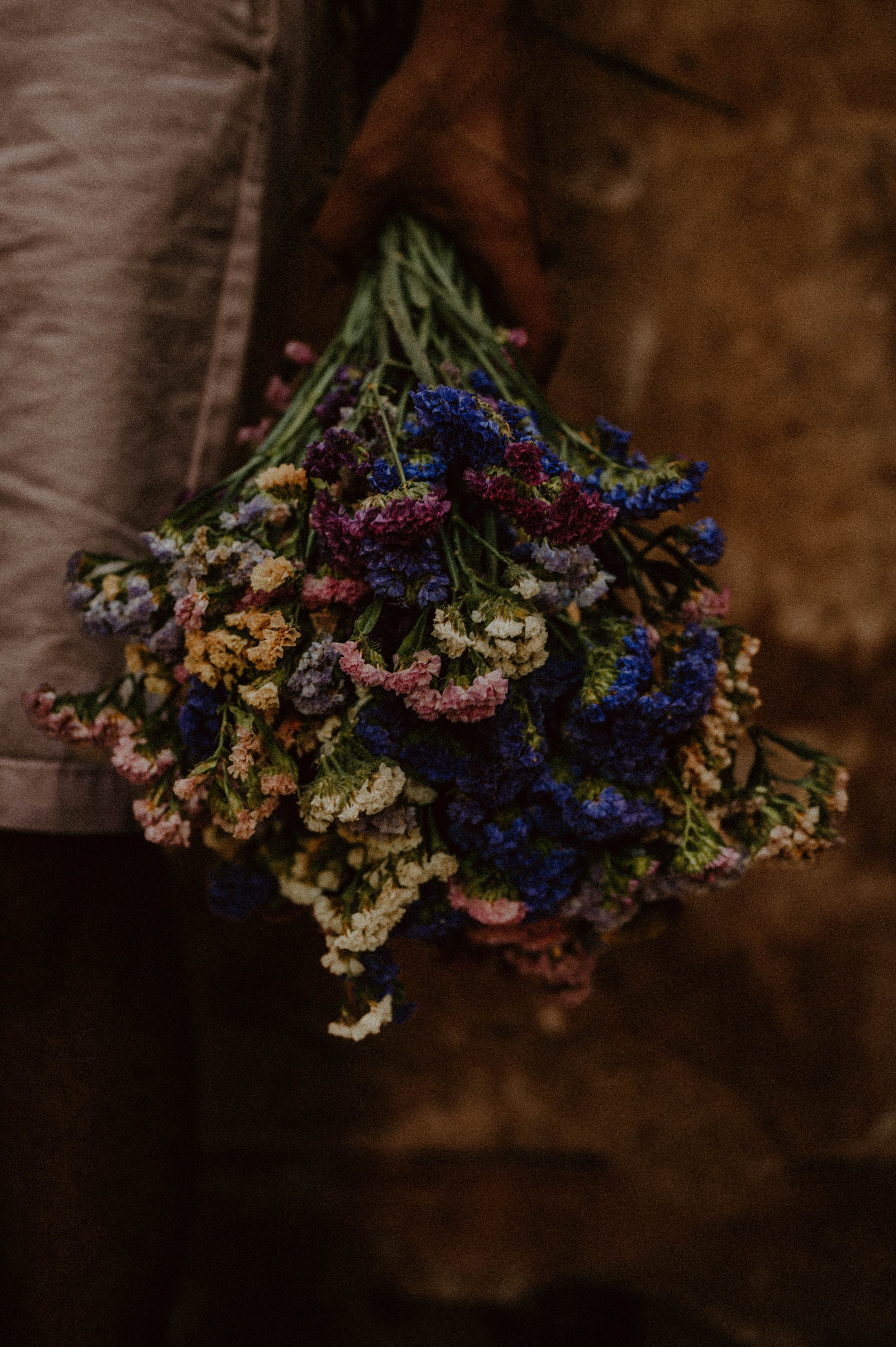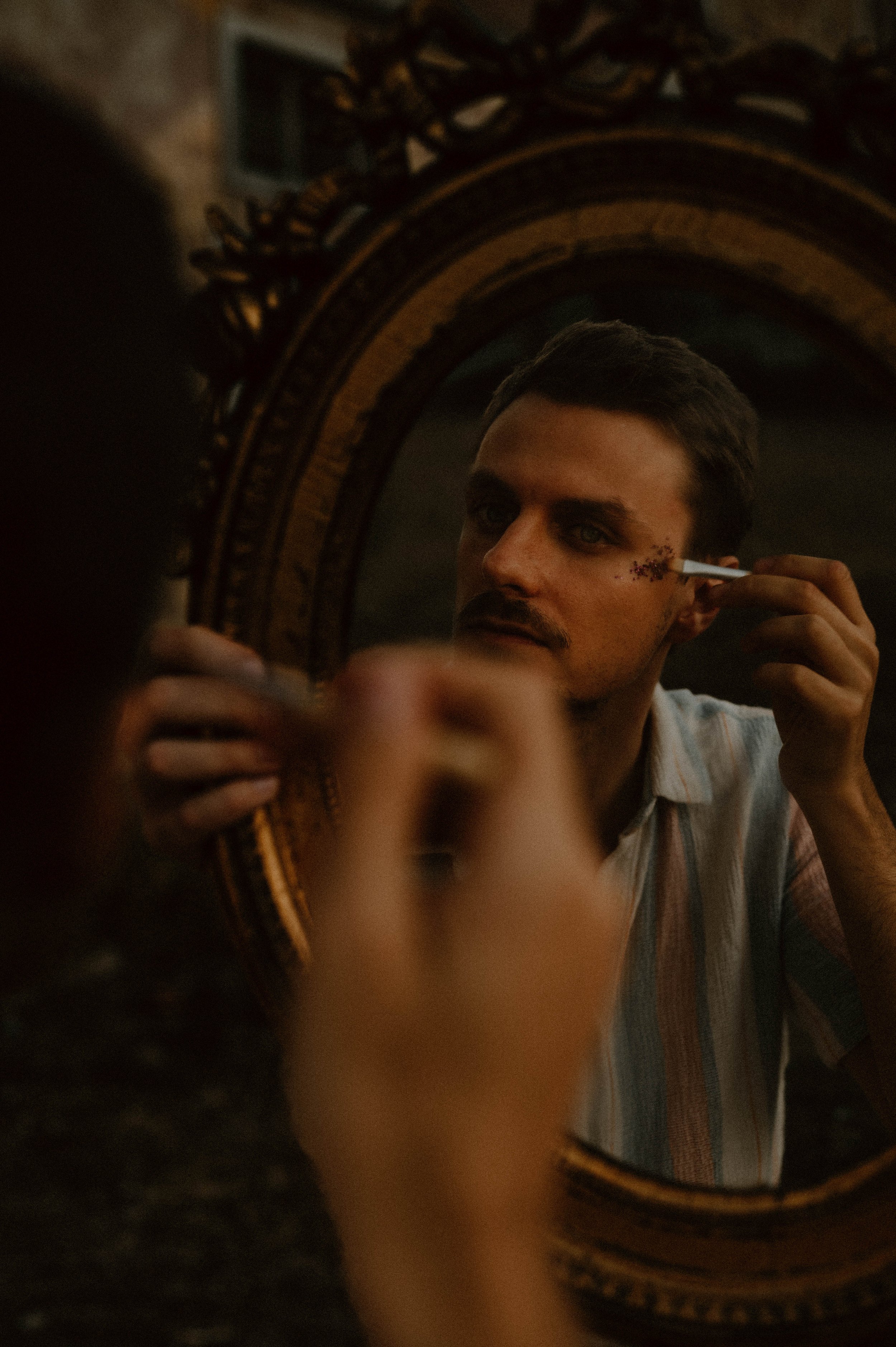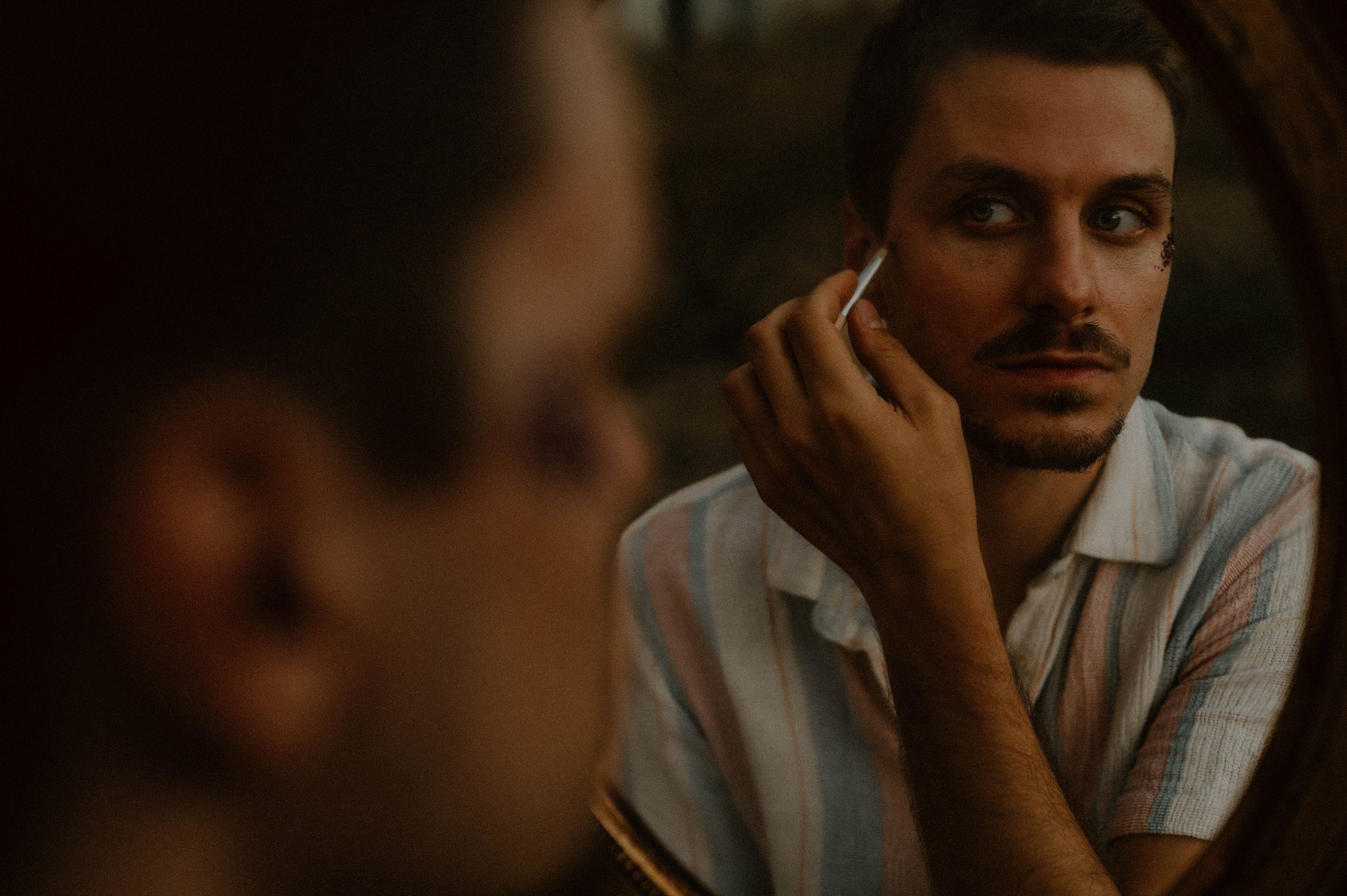
Phoenix II
A narrative about toxic masculinity
Phoenix II
Toxic Masculinity
“Man up”
“Boys don’t cry”
“Feelings are for women”
“Be tough”
“Don’t be too feminine”
“You need to be aggressive”
“Feelings are a sign of weakness”
“You must be the main, or even solo, provider of your family”
Toxic masculinity is the root of the biggest issues we have as a society, such as:
Male high suicide rates
Misogyny
Femicide and rape culture
Violence
Homophobia, transphobia and biphobia
Racism
Sexism
Bullying
When we, as society, fail to break old stereotypes, we keep feeding the same old issues that have brought nothing but pain and destruction in the past. That’s why even though decades have passed we keep having the exact same issues as before like wars, increasing mental health problems and financial crisis, for example.
After Phoenix I about female oppression and liberation, Phoenix II comes to tell the story of male oppression and liberation with the main goal to raise awareness and open a discussion about toxic masculinity.
The first step is to acknowledge that toxic masculinity doesn’t mean that masculinity in itself is bad. The harm resides in these limited beliefs and systems that oppress men (and consequently other genders too), preventing them to feel free and safe to express their emotions, pressuring them to be something that they are not and putting them in this constant state of fight or flight that will lead them to deep states of depression that can end in suicide and violence.
Masculinity can be good too. It can be healthy, light, happy and free. But for that to happen we, as a society, need to stop and question: what part am I playing in this? How can I do better? How can I help to break these harmful patterns? Because toxic masculinity starts with you, and me, and everyone. It is something that is so rooted in society that requires a lot of inner work to break. We must be open to acknowledge that we have been part of the problem too in order to break free from these limited and toxic beliefs we were taught to believe. Only then we will be able to create a new paradigm.
The location
For this narrative the location was extremely important as it would be the foundation of everything. Due to the theme of this project, an abandoned building was the best option. After all, toxic masculinity is just like a palace in ruins: unnatural, built by man, unstable, fragile, destructive.
After weeks of location scouting and many kilometers traveled, the perfect place was found. This location allowed for different sets within the same space with different light conditions which was needed to portray the different chapters of the story.
Act I
This narrative starts with a deep sense of oppression.
Here the subject - a male - is not even aware that he’s being oppressed. After all, this is the only reality he knows. It’s so natural for him to be like this that he hasn’t even questioned yet ithat there might be another possibility.
Therefore, even in deep agony, he feels a sense of comfort there as it is something he knows way too well.
ACT I
The Set
At this stage the ambient is dark with more shadows than light.
Fabrics were used to represent the cocoon he’s living in where, even though comfortable, doesn’t allow him to move freely, imprisoning him.
The crown of thorns represents the weight of living according to standards and expectations that are not his. This handmade crown mixes nature and metal, in order to symbolize how natural it feels to have that weight constantly with him but, even though it feels natural, it is not, it is a human construction (metal).
Bandages were used to portrait the lack of individuality. Once oppressed, men loose their own personality, disconnecting completely from themselves.
Toxic masculinity treat men as puppets and, for this purpose, rope was used, bringing to the narrative this sense of being stuck, manipulated by something bigger.
Subject is wearing all black, there’s no happiness within.
Act II
At this stage the subject starts to question himself.
He realizes something is not right and starts to fight for his freedom. He recognizes his oppression and feels lost and frustrated.
Faced with this realization he stands up for himself, he screams, he fights to break free from the tethers.
ACT II
The Set
There’s a change in the light. It becomes warmer and slightly less dark.
The subject, even though still trapped, has now some freedom of movement.
Some small flowers make an appearance, symbolizing life - his own existence. Even though oppressed and silenced for so long his essence still prevails, it’s still there, ready to come out freely.
A blur is used in some images as the subject is in this limbo, between what he has been forced to be and what he really is, unsure of what’s real and what’s not.
Bandages are still present as they represent the oppression that he’s still experiencing. His goal is to break free from it by ripping off the bandages.
Subject is now wearing a grey shirt, bringing a lighter shade to his soul.
Act III
“Who am I?”
By now the subject has break free from his toxic and harmful cocoon but now, who is he?
After a lifetime being defined by others, unable to simply be, with the weight of all those toxic beliefs, rules and expectations, he feels completely lost regarding himself.
By forcing men to act according to this “man up” attitude, toxic masculinity prevents them to connect within. There’s no space for inner work, to feel the feelings or ask for help when needed, making it very hard for men to actually know who they really are. There’s a disconnection from what the subject is and what society expects from him.
He’s fragmented, unable to recognize his own reflection. Hollow.
Looking in the mirror is not easy but he’s trying to connect with it.
ACT III
The Set
Light is now brighter.
Mirrors are used to symbolize his search for himself. Some are broken bringing to the scene this feeling of fragmentation.
Everything is shattered around him, resembling the state of his own soul.
Act IV
This last stage is the epitome of the story. The subject is finally free.
By leaving all that weight behind he’s now free to be whoever he wants to be. Whoever he has always been but never knew.
He feels strong, positive, lighter. He’s confident as he have never been before.
Feeling safe to express himself, he embraces all that he is. He’s no longer afraid to be perceived as feminine, ask for help or express all feelings that might arise. He now knows that he too is worthy of love and don’t have to carry the weight of the world on his shoulders all the time. He’s empathetic, loves himself and respects his own boundaries and needs.
He is the creator of his own story.
And just like a Phoenix that was born from the ashes, he’s now ready to fly higher than ever.
ACT IV
The Set
This last chapter asked for a more colorful set.
The use of flowers, something typically categorized as being feminine due to it’s fragility and tenderness, together with a lighter outfit brings contrast with the ruined surroundings. Like life vs death.
The use of the outdoors with the grass brings the presence of nature to the scene now that the subject has reconnected to his own nature.
There’s still the presence of the ruined building, that is now behind the subject reminding him that he has break free from all of that.
Some blur was used in some images in order to bring this sense of a dream. There’s this sense of not knowing yet if his freedom is real or just too good to be true.
Once again the mirror is present but this time the subject looks at it confidently. The presence of hands holding the mirror symbolizes the subject’s own hands, as if his version from the past is holding the mirror, connecting the subject to his own past so he do not forget all that he has accomplished and where he has came from.
Glitter was used in order to break the stereotypical and limited belief that men can not use such things since it is something also categorized as feminine and men who uses it are usually seen as gay, “too feminine” and “not men enough”.
Toxic masculinity fears, above all, femininity. As if being feminine is the worst thing in the world. And by feminine, toxic masculinity refers to things that men were born with as well, such as their ability to have feelings and to be vulnerable.
Regardless of one’s gender, the truth is, we all carry within ourselves feminine and masculine energy, masculine and feminine characteristics and we need to be able to undress from all stereotypes we were taught to believe in, so we can create a safe space where each and every single one of us can express themselves as their most authentic and free version we are because no one should live their entire life oppressed to the point of not even know who one truly is, suffocated by other’s unrealistic expectations, depressed to the point of even consider suicide as the only escape possible.
A healthy masculinity is needed so we can finally have a world and society that is safe for all genders. Where love, diversity and happiness are the rule, not the exception.
Photography: Patrícia Nunes
Creative Direction: Patrícia Nunes
Model: Tiago Matos
Production Assistant: Fernando Martins

